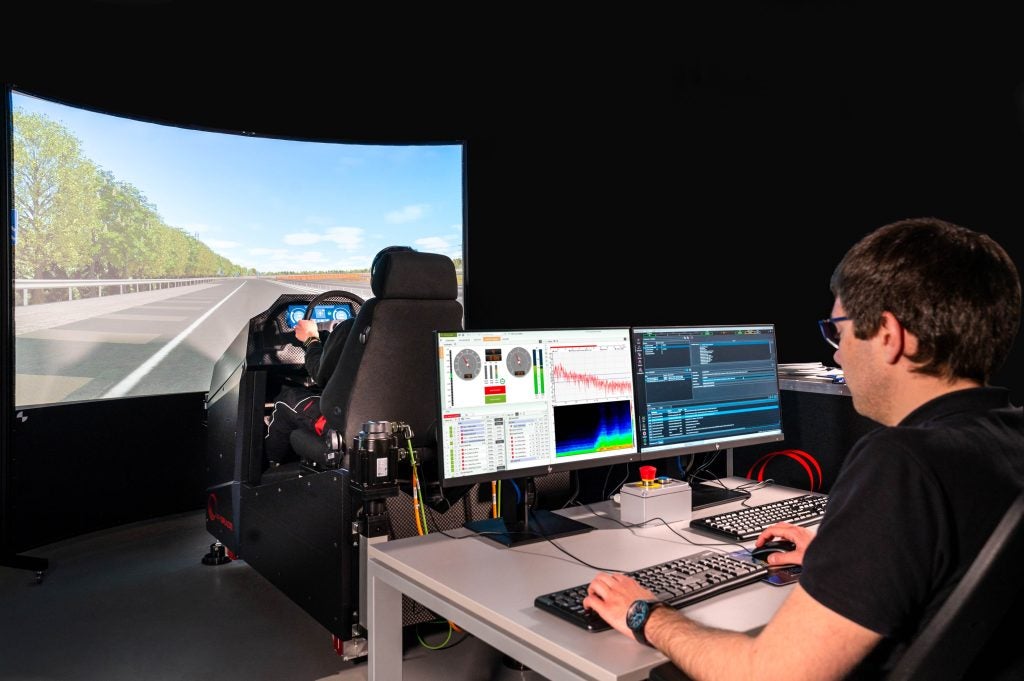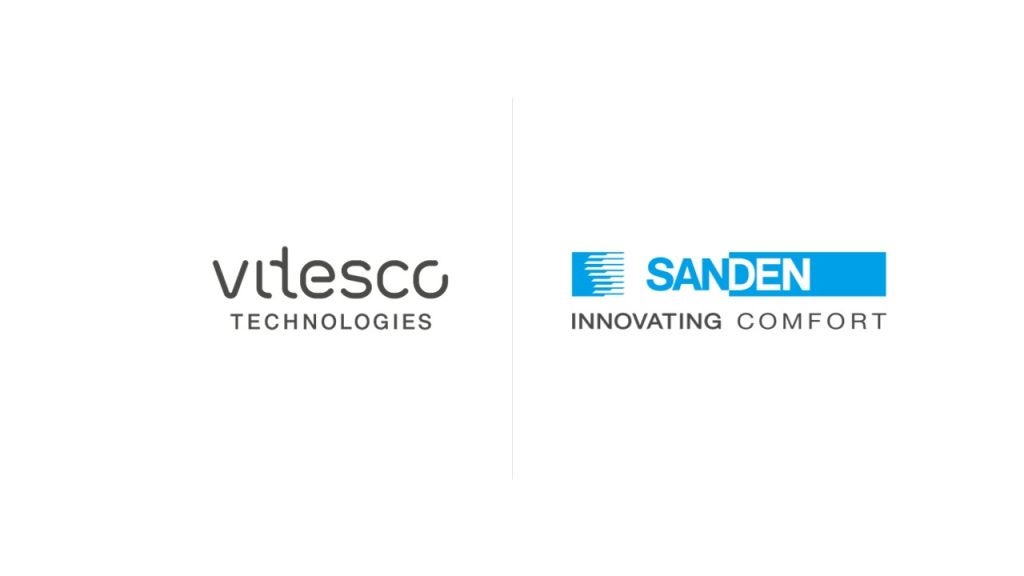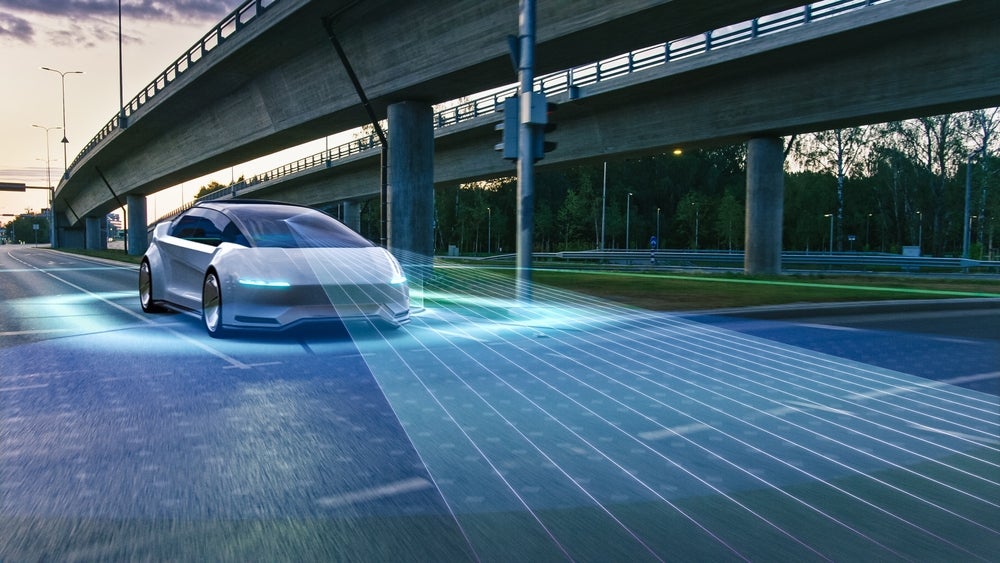Despite the slow progress to replace the Kyoto Protocol, auto manufacturers are well aware that they will come under increasing pressure to reduce the CO2 emissions of their models and their manufacturing process. And electric vehicles will not become widespread quickly enough to reduce their exposure to CO2 trading, caps and carbon-based taxation. Part 1 of this three-part just-auto management briefing looks at examples of vehicle manufacturer initiatives
All manufacturers have been working to reduce their emissions and they are making progress. Some are doing better than others, of course. Last September, Europe’s Transport and Environment (T&E) group released statistics showing that auto manufacturers are well on their way to meeting current European Union (EU) targets (an average 130 g/km by 2015 for all European Union carmakers).
PSA well placed
France’s PSA Peugeot-Citroen, the best-placed carmaker, according to T&E. Its models’ emissions average is only 8% away from its mandated 2015 target (assuming the weight of its cars is not changed).
Indeed, last year the company sold 1 million cars emitting less than 130g/km, including 750,000 vehicles emitting less than 120g, making it the largest seller of low emission cars in Europe. Its target is to sell one million cars emitting less than 120g of CO2 per kilometre in 2012.
“PSA Peugeot Citroen wants to make a difference by selling more low emissions cars and that’s how we will really have a positive impact on the environment,” said Jean-Marc Sarret, a spokesman for the company.
And PSA has also been a trendsetter regarding reducing CO2 emissions at the production line: since 1995, better manufacturing processes have halved its production-based greenhouse effect per vehicle. For instance, the emission of volatile organic compounds, for instance, has dropped from 8 kilograms to less than 4 kilograms per vehicle, a figure it plans to lower to 3.42 kilogram per vehicle in 2012. PSA also aims to reduce the consumption of water for each vehicle produced to 4 cubic metres (m3) and to consume only 2.05MWh in electricity per car produced within two years.
How well do you really know your competitors?
Access the most comprehensive Company Profiles on the market, powered by GlobalData. Save hours of research. Gain competitive edge.

Thank you!
Your download email will arrive shortly
Not ready to buy yet? Download a free sample
We are confident about the unique quality of our Company Profiles. However, we want you to make the most beneficial decision for your business, so we offer a free sample that you can download by submitting the below form
By GlobalDataPSA also recently announced it plans to sell 1 million vehicles equipped with its e-HDi technology for diesel cars by 2013, a new generation stop and start system that uses a reversible starter-alternator that cuts CO2 emissions by 15%. It resulted from a EUR300m investment and involved some 500 engineers and technicians. It is estimated the new engine, to be installed on its Citroen C5 and Citroen C4 models, will save 5 grams of CO2 per kilometre. The stop and start technology turns off the engine when the car is at a standstill, either at a red light or in a traffic jam.
PSA Peugeot said it wants to be seen as the frontrunner in low carbon emissions cars, and plans to market its electric cars Peugeot iON and Citroen C-Zero by the end of 2010. It will market its hybrid diesel cars Peugeot 3008 and Citroen DS5 by the end of 2011. New internal combustion engines will follow in 2012 with new small three-cylinder petrol engines.
Japan’s Toyota has more work to do, according to the T&E report, needing its model emission average to shed 17g/km of CO2 for European sales. But it has been making steady efforts. The company issues a sustainability report every year that details its environmental initiatives, both in terms of engineering efforts to reduce emissions from its vehicles’ engines and throughout the production process, as well as campaigns to promote efficiency and reduce waste among employees.
Average fuel efficiency for new Toyota vehicles sold in Japan rose by 28% in the 10 years between 1997 and 2007. And while a great deal of energy is being put into developing next-generation alternative-fuel vehicles, the company has also revamped its conventional powertrains to make them more environment-friendly, according to Paul Nolasco, of Toyota’s public affairs division.
Toyota’s Stop&Start system, for example, was introduced on conventional 1.3-litre and 2.5-litre gasoline engines in 2008 and cuts CO2 emissions by 17% and fuel consumption by as much as 19%.
Toyota
Toyota has introduced a new 4.5-litre V8 diesel engine that benefits from a diesel particulate-NOx (nitrogen oxide) reduction system, with total production of these diesel engines passing the 20 million mark in February 2008.
Toyota is also aggressively pushing its “sustainable plant” initiative to reduce production-based CO2 emissions, and is ahead of its targets, according to Nolasco.
Under its fourth environmental action plan, the company aimed to reduce its worldwide CO2 emissions by 20% in volume per sales unit from 2001 levels by 2010. That figure was surpassed – at 32% – in 2007 and a new target of 35% has been set for this calendar year.
At its Tsutsumi plant in Toyota City, Japan, the company has installed a photovoltaic generation system installed with a rated power output of 2,000KW, making it one of the largest PV power systems in an auto plant in the world. Also, exterior walls of the plant have been painted with a photo-catalytic paint and volunteers from the local community and the facility have planted some 50,000 trees around the premises.
An innovative production line has been also introduced at Toyota’s Blue Springs, Mississippi, USA plant, where there are further tree-planting schemes; and its Ban Pho plant in Thailand has cogeneration and solar energy systems as well as recycling wastewater and operates a policy of zero landfill waste.
GM
Toyota is, of course, in need of as much good green press as it can get this year. But at least its PR problems are relatively new. Brands of US giant General Motors have been struggling with poor reviews and reputations for years. And GM is certainly not widely regarded as meaning Green Motors. In Europe, T&E says GM models need to shed 23g/km of CO2 on average to meet EU targets. Yet amidst the bad reviews, GM has stepped up efforts to reduce their environmental impact in all areas – from production to vehicle performance.
According to Sharon Basel, manager of environment & energy communications at GM: “We have achieved results through several initiatives including: the shutdown of equipment not in use (particularly a company-wide cold shutdown program during holidays); a very aggressive conservation awareness campaign and installation of energy monitoring systems; changes to more energy efficient lighting; improved equipment maintenance etc. We have also increased use of solar and landfill gas.”
From 2005 to 2009 the company has seen the annual amount of CO2 its production releases reduce by 39.8% (4.3 million metric tonnes). Per vehicle this equates to a reduction of 14.7%; In 2005 CO2 levels were 3.6 metric tonnes per vehicle, in 2009 this figure was 3.07.
“Over the last 2-3 years, GM has increased fleet miles per gallon (mpg) by about about 1 mpg,” said Basel. “From 2012 through 2016, the new [USA] National FE [fuel emissions] standard will require industry improvements of approximately 5% per year to get to the goal of fleet average fuel economy of 35.5 mpg by 2016 (new regulations/standards just issued by [American] Environmental Protection Agency).”
GM is already working towards this. For its 2011 models GM will have 12 Chevrolet models with six-speed automatic transmissions for fuel saving. The company released a communiqué in May stating: “Three out of four Chevrolet cars, trucks, SUVs and crossovers will be available with six-speed automatics, which offer customers up to 4% better fuel economy.” The Chevrolet Cruze, which will be released in the third quarter of this year, will feature the new six speed option (in manual and automatic). When equipped with the manual version of the transmission, the car should deliver 40 mpg (miles per gallon) on the highway, said GM.
By Julian Ryall, in Tokyo; Florence Labedays, in Perpignan; Karryn Miller, in Washington DC; and Keith Nuthall
This is Part 1 of the just-auto management briefing looking at the low-CO2 challenge facing the auto industry. Parts 2 and 3 will be published later in the month and will consider emissions trading and transport as well as low-carbon public research funding available for the auto industry.
just-auto management briefings






